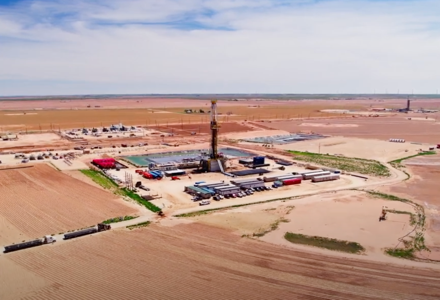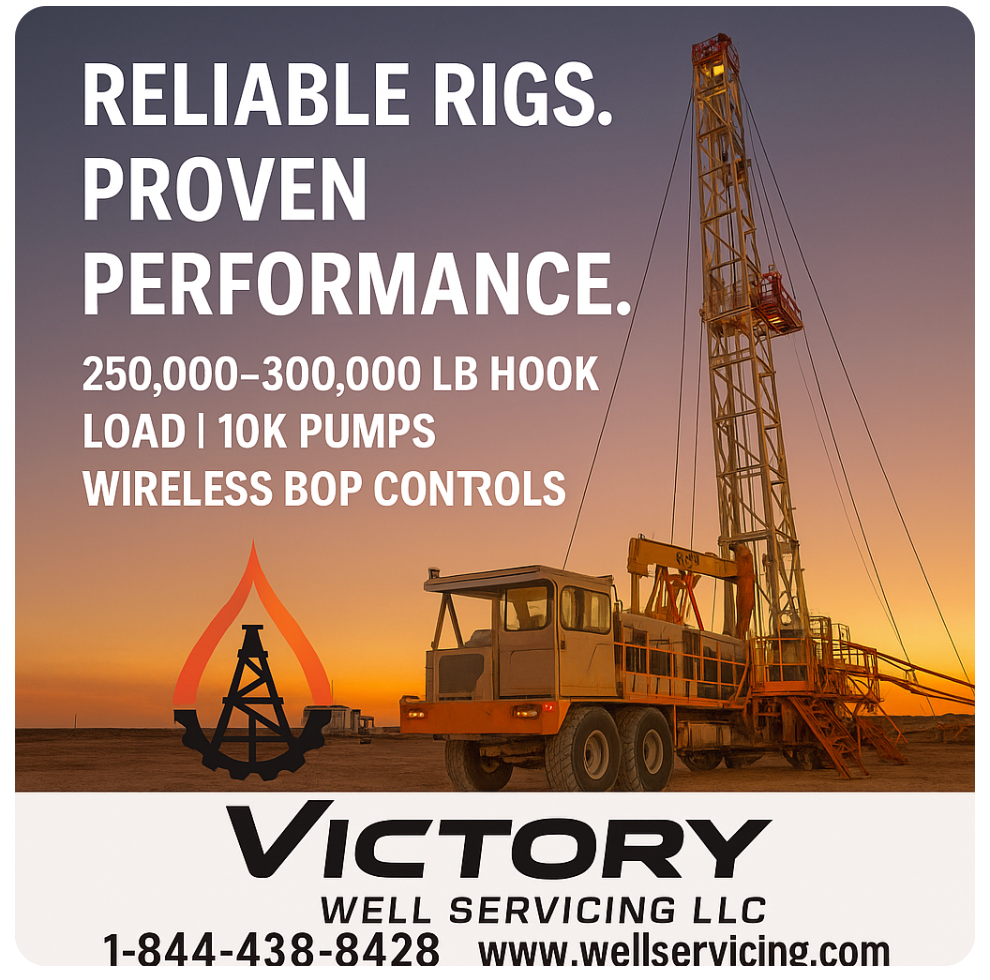In the past, oil and gas development often followed a boom-and-bust rhythm. When prices rose, drilling surged. When prices fell, activity slowed, rigs were laid down, and production dropped. This cycle created volatility not only in production profiles but also in cash flows, supply chains, and workforce stability.
US Oil & Gas Operator Account Directory – $10
Includes: Account Name, Wells Drilled, Rig Count, Phone, Location…
Today, more operators are shifting to a steady-state development program—a strategy designed to keep drilling, completions, and production growth on a consistent and predictable path.
What is a Steady-State Development Program?
A steady-state program is about balance. Instead of chasing short-term growth, companies establish a sustainable pace of drilling and completions that offsets natural production decline while maintaining or modestly growing output.
Think of it as “manufacturing mode” for oil and gas. Operators run a steady number of rigs, develop acreage in a measured way, and sustain production with less stop-and-go disruption.
Why It Matters
1. Predictable Cash Flow
Investors increasingly reward consistency over aggressive growth. A steady-state program allows companies to generate stable free cash flow, support dividends and buybacks, and plan for long-term returns.
2. Operational Efficiency
Keeping rigs, crews, and suppliers active on a steady basis reduces downtime, lowers costs, and improves safety. Instead of ramping up and cutting back, operators build durable efficiencies into their development model.
3. Reservoir and Asset Management
Shale wells decline quickly, but carefully paced drilling ensures that production replacements keep up without overwhelming infrastructure. For resource plays, steady-state development avoids bottlenecks and maximizes recovery.
Real-World Examples
- Permian Basin Operators: Many target flat production by running a consistent 10–12 rigs per year, drilling enough wells to replace 25–30% annual decline rates.
- Oil Sands Producers: Some maintain steady steam-assisted gravity drainage (SAGD) expansions by adding new well pairs each year, ensuring a flat production profile without major swings in capital outlay.
The Big Picture
Steady-state development is less about growth at any cost and more about durability, discipline, and predictability. It reflects a new era where oil and gas companies act less like wildcatters and more like capital-efficient manufacturers.
As the industry faces evolving demand, price volatility, and pressure from investors, the steady-state model is becoming a hallmark of resilient operators.
✅ Takeaway: In today’s market, success isn’t about drilling the fastest—it’s about drilling smart, steady, and sustainable.



